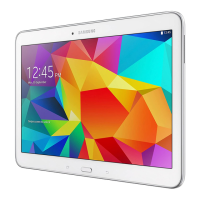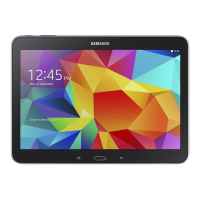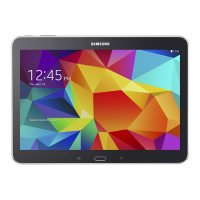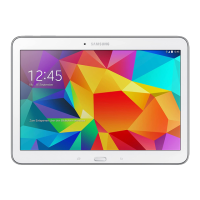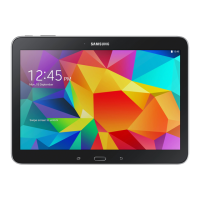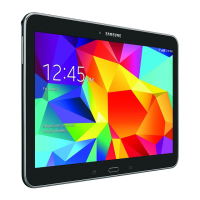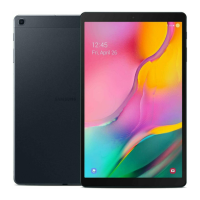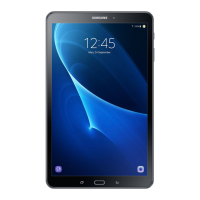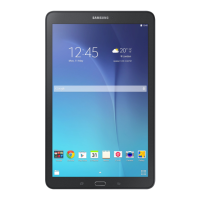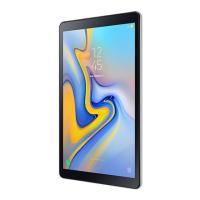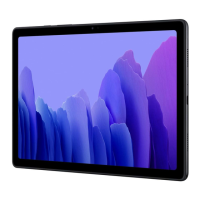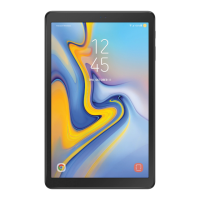User manual
SM-T530/NU
Draft 6.1
2013-10-23
Only for Approval
This device is capable of operating in 802.11a/n mode. For 802.11a/n/ac devices operating
in the frequency range of 5.15 - 5.25 GHz, they are restricted for indoor operations to reduce
any potential harmful interference for Mobile Satellite Services (MSS) in the US. WIFI
Access Points that are capable of allowing your device to operate in 802.11a/n mode (5.15
- 5.25 GHz band) are optimized for indoor use only. If your WIFI network is capable of
operating in this mode, please restrict your WIFI use indoors to not violate federal regulations
to protect Mobile Satellite Services.
